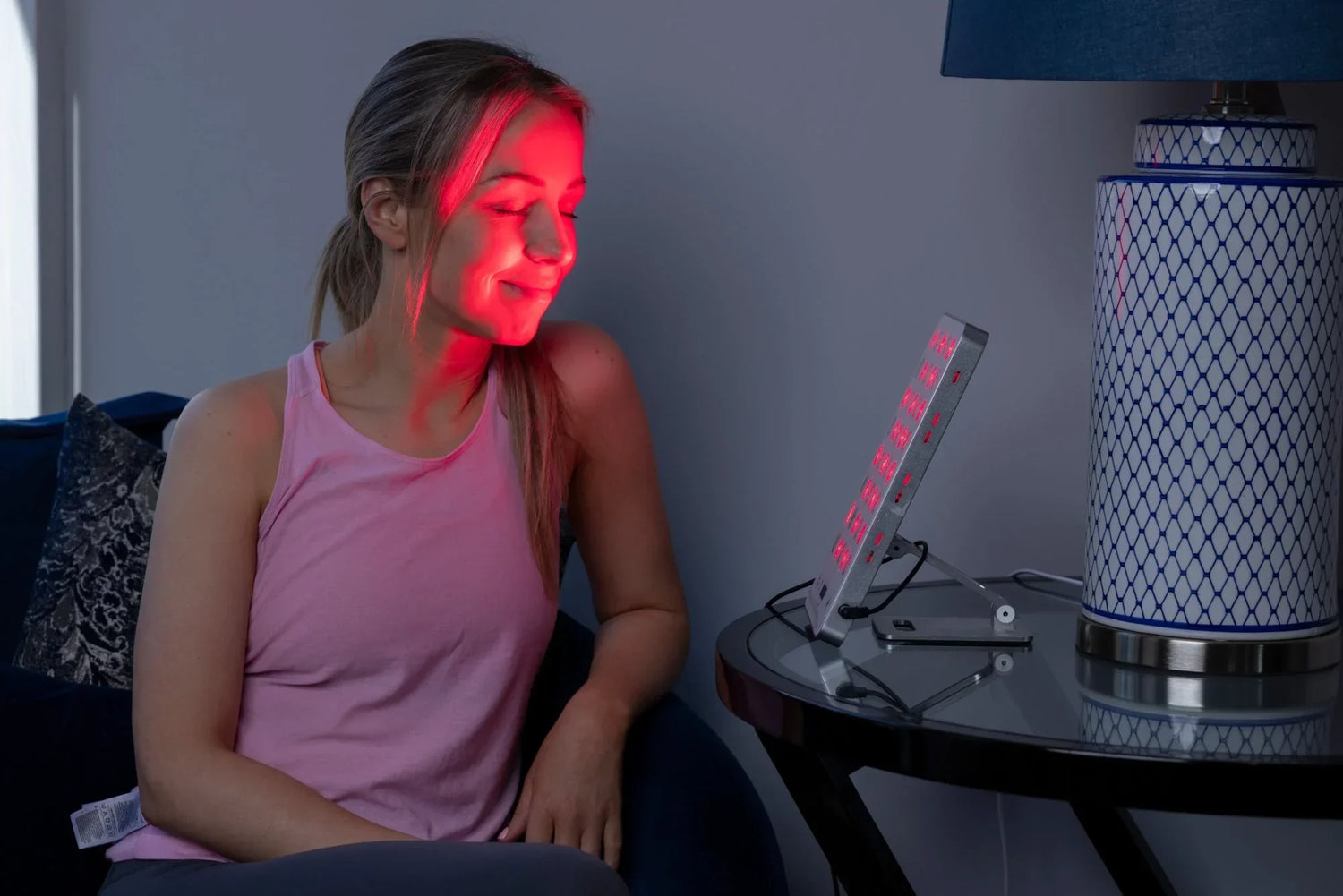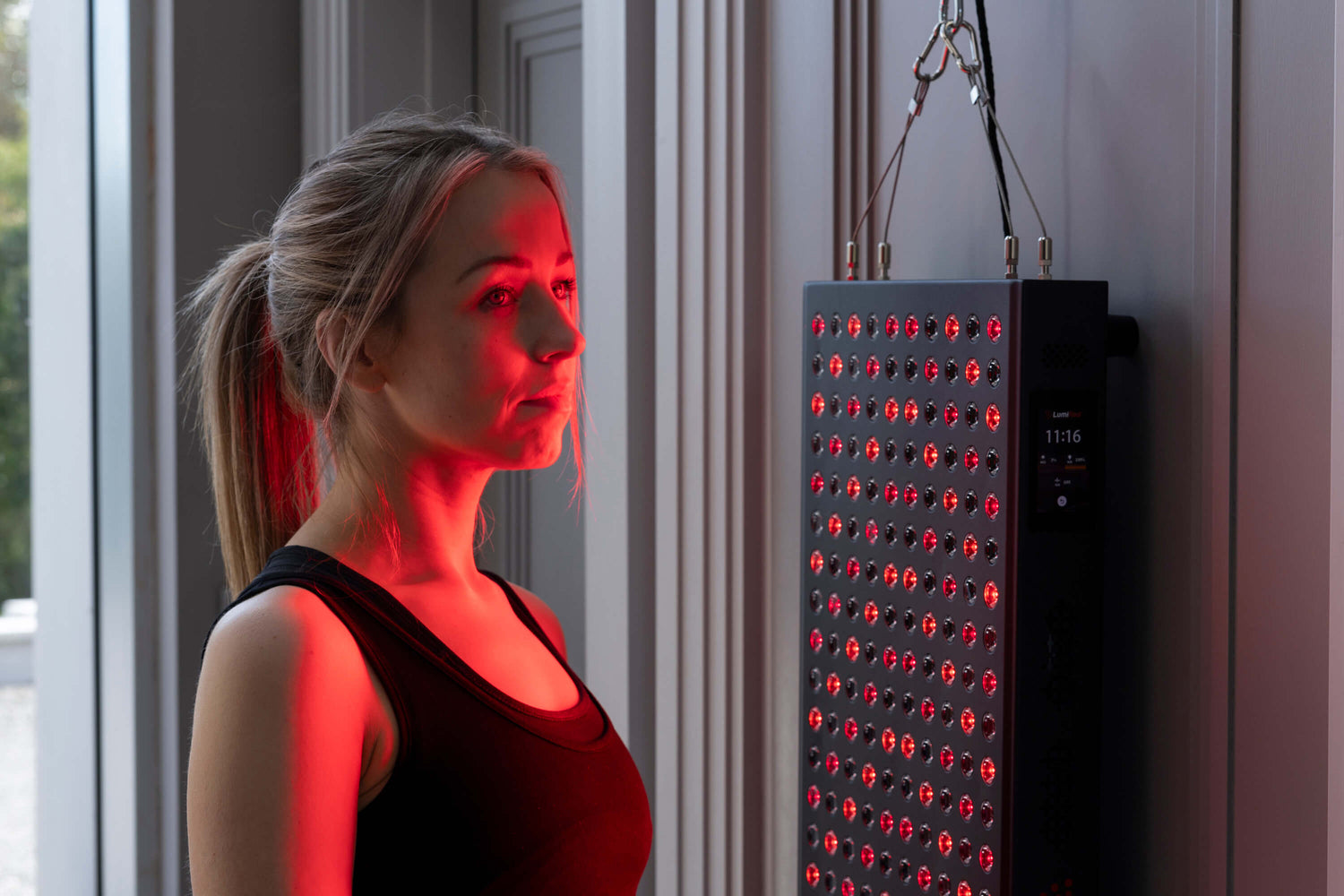Fibromyalgia is a chronic condition characterised by widespread pain, fatigue, and cognitive difficulties. Millions worldwide suffer from this often misunderstood disorder, seeking effective treatments to improve their quality of life. A common concern among patients is understanding their condition through a fibromyalgia test or learning how fibromyalgia affects daily life. Despite ongoing research, the root cause of fibromyalgia remains unclear, making treatment options complex and varied.
Fibromyalgia is often confused with other chronic pain conditions such as arthritis, chronic fatigue syndrome, or neuropathy. This confusion can delay diagnosis and treatment. Unlike conditions that cause joint damage or inflammation, fibromyalgia affects the way the brain processes pain signals, leading to heightened sensitivity.
This can cause even a light touch to feel achy and can worsen progressive symptoms, including brain fog, debilitating fatigue, and sleep disturbances. With all these hardships, it is important that patients understand their options and seek treatments that will provide a lasting approach to relief.
Key Takeaways:
-
Red light therapy enhances mitochondrial function, which promotes pain relief and cellular healing in fibromyalgia patients.
-
RLT is not a drug and has few side effects compared to medications, making it a safer treatment option. Utilising infrared lamps on a daily basis can improve sleep, alleviate muscle stiffness, and improve energy levels.
-
Purchasing a high-quality red light therapy device can provide long-lasting relief from fibromyalgia pain and discomfort.
Diagnosing Fibromyalgia and Its Impact
For many, getting a diagnosis can be difficult. There is no single diagnostic test for fibromyalgia; instead, diagnosis is based on a consideration of symptoms, as well as physical examination. How is fibromyalgia diagnosed? Physicians often look at the patient’s trigger points, chronic pain level, and associated symptoms such as sleep disturbances or "brain fog." Given that fibromyalgia has an enormous impact on a patient's daily life, finding a treatment that may take the pain away—and increase their quality of life—is vital.
Fibromyalgia can affect every aspect of a person’s life if it goes untreated. People who experience fibromyalgia often find it difficult to function at work, socialise, or even accomplish basic daily tasks like cooking, cleaning, or exercising. Some people may experience knee pain and fibromyalgia, and this can make movement extremely difficult. The emotional toll of dealing with chronic pain, along with the frustration of finding an effective treatment, can lead to anxiety and depression. This is why alternative therapies like red light therapy for fibromyalgia are becoming increasingly popular as patients seek safer, drug-free options for symptom management.
Traditional Fibromyalgia Treatments and Limitations
Conventional therapies may consist of medications, physical therapy, and lifestyle changes. However, patients with fibromyalgia may not achieve sufficient relief with these types of treatments. If medications help to regulate pain and mood disorders, the side effects sometimes lead to the exploration of alternative therapies.
Medications such as Lyrica, Cymbalta, and Savella may be prescribed to help with the regulation of pain and mood disorders associated with fibromyalgia. However, these medications may not work for everyone and may cause side effects such as dizziness, nausea, or weight gain. Physical therapy and exercise can help improve mobility and reduce stiffness, but for those experiencing extreme pain, even low-impact activities can be overwhelming.
Alternative treatments such as acupuncture, massage therapy, and dietary changes may help to some extent, but they are not always sufficient to provide lasting relief.
One therapy that is becoming increasingly popular is called red light therapy for fibromyalgia. This non-invasive, drug-free therapy has been shown to be effective in relieving symptoms in many patients with chronic pain, therefore providing new options for people who do not respond to traditional medical therapy.
Red Light Therapy for Fibromyalgia: How It Works
Red light therapy (RLT) uses low-wavelength red light that penetrates the skin to enhance cellular restoration, reduce inflammation, etc. Historically, RLT has been utilised for conditions such as arthritis and muscle recovery. Research is now beginning to show that red light therapy can also be a viable treatment option for fibromyalgia in the UK and elsewhere.
The light activation progressively stimulates the mitochondria inside the cells, which facilitates more energy production and enhances circulation. Energy production and circulation are two essential components to mitigate pain and enhance healing. Mitochondrial dysfunction, or the inability of the cells to produce enough energy to function (muscle function and repair), can be experienced by fibromyalgia patients, which often leads to chronic fatigue and muscle pain.
Chronic inflammation is very common in fibromyalgia and contributes to symptoms of pain and discomfort. Chronic pain can lead to increased muscle stiffness, joint pain, and sensitivity to pain. RLT may offer an effect by improving blood flow and oxygenation and encouraging tissue healing. RLT can support significant improvement in discomfort and regain overall function.

Benefits of Red Light Therapy for Pain Relief and Fibromyalgia Symptoms
Red light therapy has many benefits that do not only relieve pain. Studies indicate that it may help with:
-
Reducing muscle stiffness and spasms.
-
Improving sleep quality.
-
Improving mood and cognitive function.
-
Reducing inflammation in tender points.
-
Improving circulation and oxygenation to tissues.
-
Increasing energy by improving mitochondrial function.
If you are struggling with muscle pain, you have probably wondered how to use an infrared lamp for muscle pain or what the best-infrared heat lamp for muscle pain is. Red light therapy offers to use a non-invasive and drug-free method to help relieve symptoms of fibromyalgia.
Red light therapy has also been shown to have improvements in mental health, which is important because fibromyalgia patients often encounter anxiety, depression, and stress related to their chronic pain. Overall improvements in well-being, improved sleep quality, and reduced fatigue are just some advantages of red light therapy for fibromyalgia.
Using Infrared Lamps and Red Light Therapy at Home
One of the greatest benefits of RLT is its accessibility. There are devices available for home use and daily therapy. However, patients often want to know if they can do red light therapy every day. The answer is yes! Because RLT is safe for frequent use with few potential side effects. Sessions usually last 10-20 minutes, and again, consistency is important for obtaining results from the therapy.
Wearable devices are available and include handheld devices, as well as full-body panels, which allow many people to tailor their sessions to individual needs. Even if professional-grade devices are expensive, there are plenty of affordable at-home devices that can mirror the same benefits. Regardless, you should always check that the device emits wavelengths in the desired range (630-850 nm); anything outside of that range will not be as effective.
Choosing the Best Red Light Therapy Devices
Not all red light therapy devices are created equal. When selecting a device, consider:
-
Wavelength (630-850 nm for best results)
-
Power output and intensity
-
FDA approval for safety
-
Customer reviews and effectiveness
Searching for the best-infrared lamp for fibromyalgia can help ensure you invest in a high-quality device suited to your needs.
Practical Considerations and Daily Use
Incorporating RLT into your daily routine can be simple and highly effective. Here are some tips:
-
Use the therapy in a quiet, relaxed environment.
-
Maintain a consistent schedule (daily or every other day).
-
Position the light correctly to target pain areas.
-
Combine RLT with other treatments like gentle exercise and a balanced diet.
-
Track your progress to determine effectiveness and make necessary adjustments.
Living with Fibromyalgia and Red Light Therapy
A lot of people who suffer from fibromyalgia have difficulty doing daily activities such as walking, working, or sleeping due to pain. Some individuals will even have accompanying knee pain fibromyalgia, making daily movement quite hard. Red light therapy can be part of a holistic approach to treatment, which provides help with motion and discomfort and positively impacts the patient as a whole.
Furthermore, support groups, mental health therapy, and lifestyle changes can complement the effects of RLT. Taken together, these interventions can be used to develop a comprehensive plan of care to manage fibromyalgia.
Conclusion
Fibromyalgia is a complex condition with no universal cure, but emerging therapies like red light therapy for pain relief provide hope. With increased studies showing its positive effects, a number of people are seeking this non-invasive therapy for relief from pain and fatigue associated with chronic conditions.
If you're dealing with, or your loved one is dealing with, fibromyalgia, you may wish to consider red light therapy as a complementary therapy to improve your overall quality of life. It may not be a stand-alone "cure" for fibromyalgia, but it is an effective tool you can use to manage your symptoms and improve your quality of life.
Red Light Therapy WIth LumiRed
Experience lasting relief with LumiRed! Our advanced red light therapy devices offer drug-free pain relief, helping to reduce fibromyalgia symptoms, ease muscle pain, and boost energy. Safe, effective, and easy to use at home—LumiRed is your key to better health. Try LumiRed today and feel the difference!




